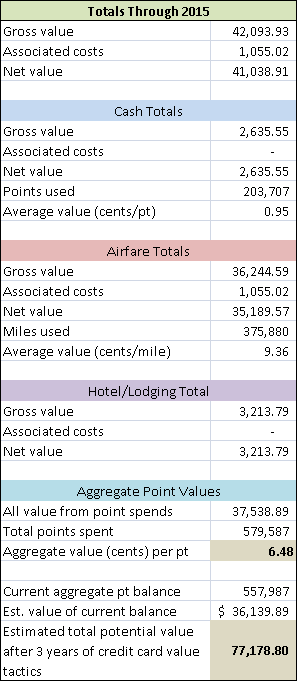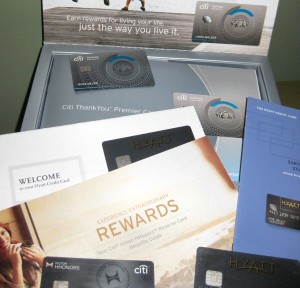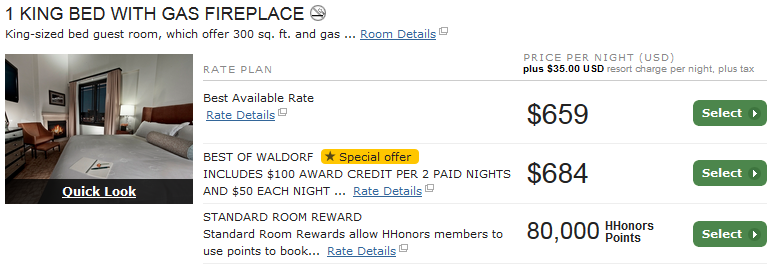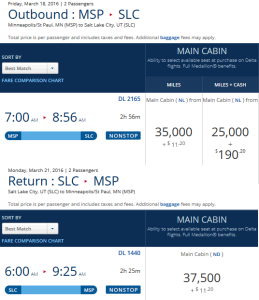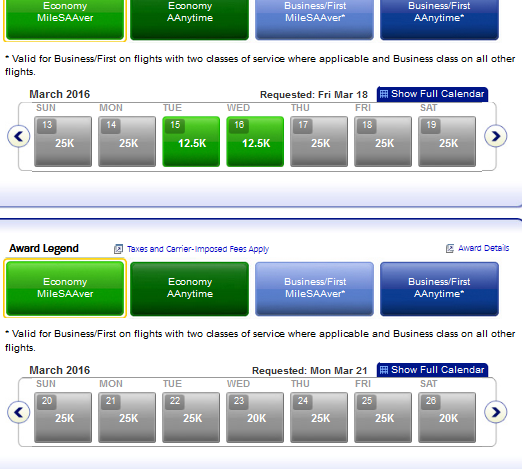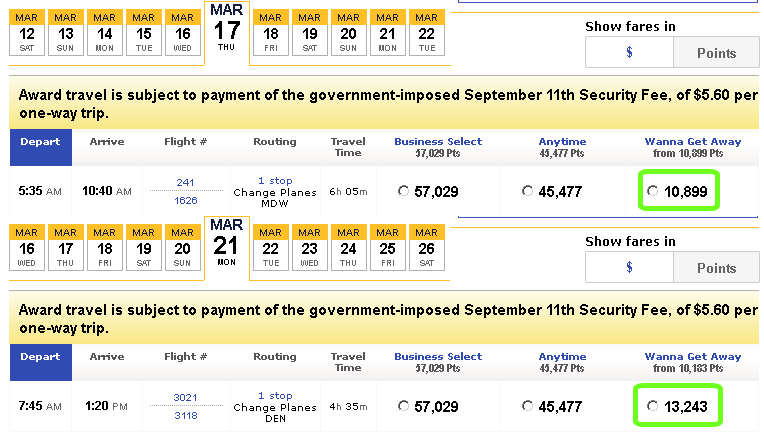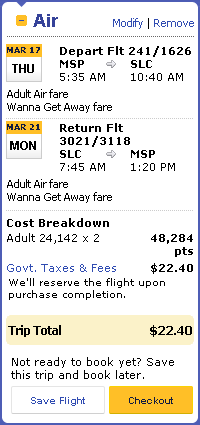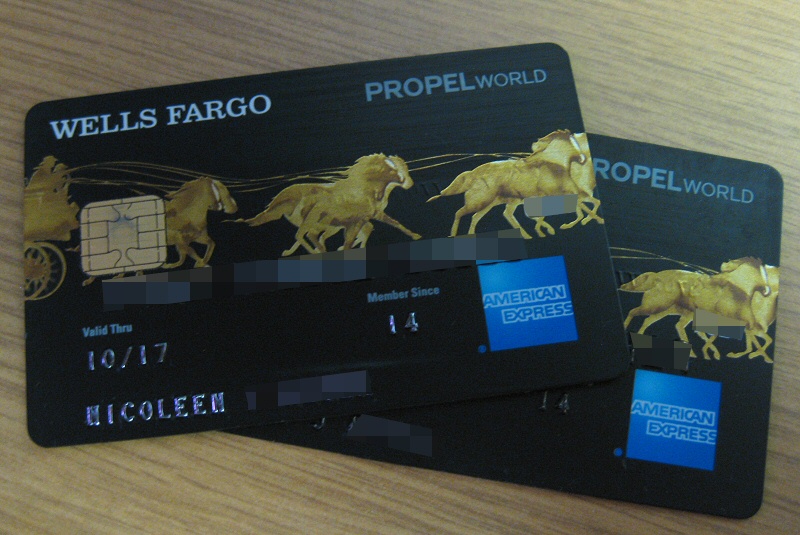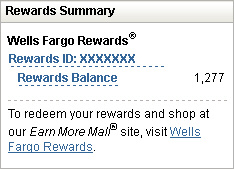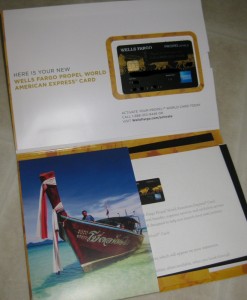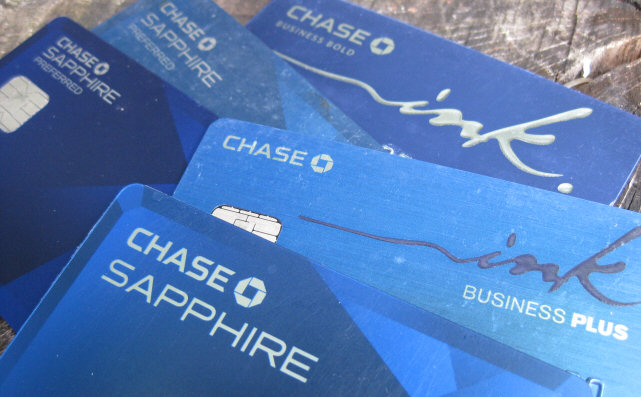Chase is making the credit card game much more difficult. Starting some time in April, Chase will apply it’s 5/24 rule to new applications for all their co-branded and Ultimate Rewards earning credit cards (all their good cards). The 5/24 rule stands for 5 cards in 24 months, and means that if you have opened 5+ new credit card accounts at any bank in the past 24 months, you’ll be automatically denied for whichever Chase card you are applying for. Being added as an authorized user to someone else’s account also counts against your 5. All reports seem to indicate this is a hard and fast rule.

Such an ugly word…
The 5/24 rule is not exactly news. Reports of the new policy started appearing on Flyertalk’s Chase application forum last May. At the time it seemed like the rule only applied to Ultimate Rewards earning personal cards. This month the rule also kicked in for the Ink Plus, Chase’s Ultimate Rewards business card. Next month all relevant Chase cards will be affected.
I’m not going to waste my time and yours trying to paraphrase others’ description of the 5/24 rule. Instead, read this excellent and up-to-date wiki post at Flyertalk for the rule details.
IMPORTANT NOTE: ValueTactics reader Nidakeed reports having been denied a Chase Sapphire Preferred due to a nuance of the 5/24 rule I hadn’t previously seen reported. Apparently Chase counts the entire month of your card approvals in their month tallying. For example, if the card approval that puts you over the limit occurred on February 15th two years ago, you have to wait until March 1st to apply for the Chase card. If you apply on February 25th, Chase will see that your 5th card was approved in February and still deny your application for violating the 5/24 rule because the approval happened in the same calendar month as your current application.
How bad is the 5/24 rule?
This move by Chase is definitely a game changer, but how much it affects you depends on where you are in your credit card career. For those just starting out, there’s still time to adjust your strategy (more on that below) to minimize the impact.
For those who are playing the game full steam ahead and managing to get 10+ new cards per year, there’s a hard choice to make: either slow down your card applications to under 5 every 24 months, or completely eliminate Chase cards from your suite of regular applications. The former option drastically reduces your annual bonus point accumulation. The latter option disqualifies you from some of the best cards out there (many are from Chase) and severely reduces your accumulation potential for Chase Ultimate Rewards points, widely viewed as the most valuable and versatile points out there.
For those just starting out, you still have the opportunity to get in one or two good rounds that include cards from Chase before you hit the limit. Refer to my article on deciding on which cards to get and keep this new rule in mind. Specifically, I would recommend getting the Chase Sapphire Preferred (good for 59k+ Ultimate Rewards points just for making the minimum spend) and/or the Chase United MileagePlus Explorer (30k mile bonus as of this writing but wait until it get jacked up to 50k, which it does routinely). If you own a business or make side income that could be presented as a business, I recommend the Chase United Business card (as of this writing, a 50k mile bonus), and/or the Chase Ink Plus (60,000 Ultimate Reward points bonus). After you hit the 5 card limit in your first two years, you’ll have to decide how to proceed (see the next paragraph).
For those who are somewhere in the middle it’s time to reassess your current strategy. If you’ve been at it a while but at a slower pace, you have a decision to make. Do you want to slow way down on your card application rate to keep Chase cards available to you, OR do you want to have the freedom to apply for any card whenever the good promotions appear, but risk losing Chase as an option? Of course if you have already gotten the bonuses for the best Chase cards (see those listed in the preceding paragraph), this decision might be a bit easier considering you’re already probably waiting for the 2 year Chase bonus timer on getting each card’s bonus again.
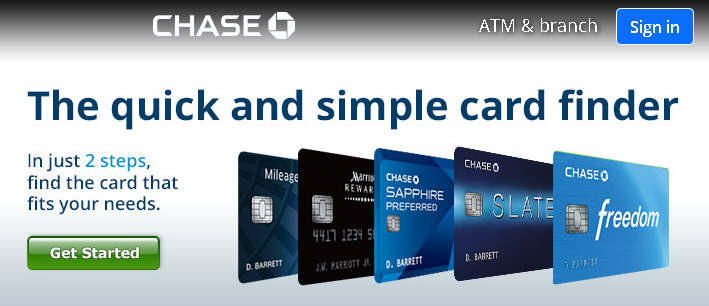
5 card limit in 2 years — 5 cards on the Chase credit card homepage. Coincidence? ……yes.
Tactics to consider
Regardless of your situation, there are a few tactical considerations you need to incorporate into your overall card strategy:
- If you’re currently under the 5 cards in 24 months limit the #1 smart thing to do is to front load Chase cards in your plan. Get the best 2-3 Chase cards in your first 2 rounds of apps to ensure you can get these bonuses before you hit the 5/24 limit.
- Some cards offer bonus points for adding an authorized user (such as the Chase Hyatt and Chase Sapphire Preferred, each offering 5,000 points for adding an authorized user and making one purchase on that card.) All reports indicate that Chase counts being added as an authorized user against your 5 cards. If you are adding an authorized user just for the bonus, consider getting the card for a minor child or another trustworthy relative, as opposed to a spouse who may want to incorporate Chase into their own strategy. Make sure you get permission from the person. Also, make sure the authorized user is a real person or you risk having your account closed. There are many stories of people getting cards for their dog or cat and never having a problem, but I personally wouldn’t risk it.
Conclusion
The Chase 5/24 rule is going into effect for all their worthwhile cards starting in April. It isn’t the end of the world but it’s nothing to ignore either. Those of you just starting out, who currently have fewer than 5 new card approvals in the past 24 months, are best situated to avoid the ramifications of this new rule. Moving any Chase cards you may be considering to the front of your card application schedule is the primary tactic to mitigate the new rule’s restrictions. For those of you who are currently exceeding the 5 cards in 24 months rule, it’s time to take a close look at your strategy.

